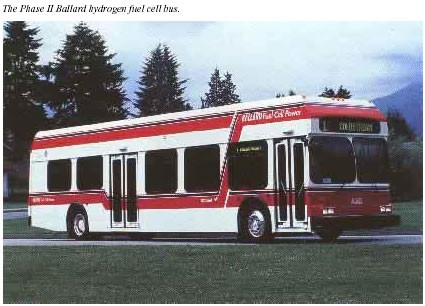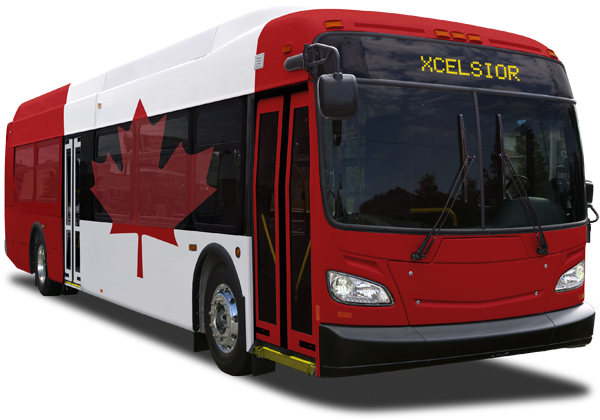“The greatest advances of civilization, whether in architecture or painting, in science and literature, in agriculture or industry, have never come from centralized government.” – Milton Friedman, 1976 Nobel Memorial Prize in Economic Sciences
Great developments come from individuals with a vision; some of their names I mentioned in previous articles. History has shown their accomplishment for its value to society and so it will always be. We expect that Geoffrey Ballard will be counted among those exceptional famous persons.
Throughout several decades during the last century, various automakers around the world had tried to “put a fuel cell into a car”, but significant success had eluded them.
After Ballard’s small company, renamed Ballard Power Systems, had proved their capability of producing energy storage devices in form of Lithium-Ion batteries, the Provincial Government of British Columbia assigned four million dollars of public money to his firm. That permitted his business to acquire a small (20-passenger) shuttle bus to confirm that his PEM (Proton Exchange Membrane) fuel cell could power the vehicle. After years of R&D and testing, the cells had undergone significant advancement; — now was the time to prove it. A number of seats were removed from the rear of the bus to make room for the fuel cell installation and supplementary equipment. That took up almost one-third of the bus. In retrospect, this bus is considered ‘Phase 1’ or ‘Proof of Concept’. It was assembled in the time between 1991-1992 with the fuel cell stack supplying 100 kW (equal to 134 HP) of electric energy to drive the motor. The bus had a range of about 100 km.

Phase 1 bus – ‘Proof of Concept’
Ballard Power Systems became a public company at about this time, in order to secure funding for planned further expansion.
With the knowledge that the concept worked as anticipated, the firm acquired a larger, 60-passengers bus. The 40-foot long New Flyer bus enabled Ballard to improve the installation of a larger fuel cell stack and cooling equipment along with tanks for enough hydrogen to make a passenger run feasible. And working with North Americas largest bus manufacturer would make it easier to convince transportation providers and regulatory authorities to accept this newfangled idea of powering a bus. This ‘Phase 2’ prototype bus had twice as much power than the first unit, and its range more than doubled to 250 km. The cost of running and maintaining fleets of these buses was foremost on Ballard’s mind for his design to succeed. It was certainly less complicated than the hybrid buses of late, where a diesel engine plus an electric motor provided the power to turn the wheels. Finally, after all these years, Ballard’s fuel cell was ready to face the world. – Show Time!
Ballard Power Systems presented THE BUS that started the fuel cell industry in June of 1993 at Vancouver Science World after years of toiling and testing. British Columbia’s Provincial environment minister John Cashore compared The Bus to the Wright brothers’ flight at Kitty Hawk, N.C., in 1903. — A greater compliment there could not be.
 “The wheels that will change our world”
“The wheels that will change our world”
Ballard then demonstrated this bus to fleet operators around the country. It made an excellent impression, —there was only one problem— where to get enough hydrogen to run countless fleets of FCE buses. Time would tell if the energy industry would become a partner in the awakening hydrogen era.
In the meantime, fleets of test vehicle would be needed to persuade transit operators and the public of the merits of changing from diesel fuel to H2.
“We didn’t go from horse-drawn buggies to Ferraris overnight, so let’s keep perspective in mind and know this is a transformation and it’s a phase change and we are not expecting results tomorrow, but in the next decade or two.” – Craig Scott, Toyota, National Manager of Advanced Technology

Next year -2018- will already be the 25th anniversary of Geoffrey Ballard’s first fuel cell bus; — above is New Flyer’s latest model, still running on batteries, lacking a continent-wide (and world-wide) H2 infrastructure. Photo from New Flyer
Next: Buses Have Two Centuries of History & Industrial Experience
Tags: fuel cell bus, New Flyer Bus, Proton exchange membrane
Comments are closed here.